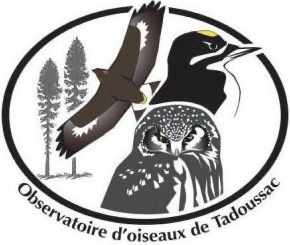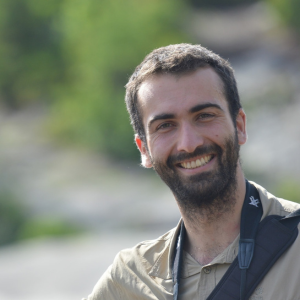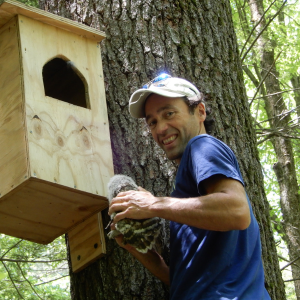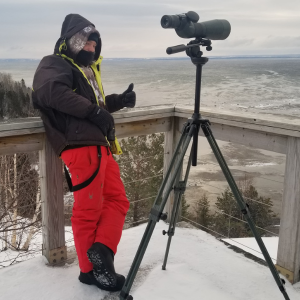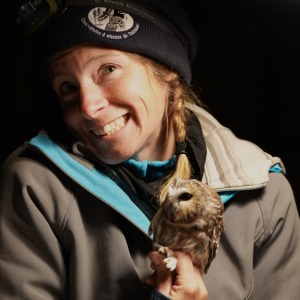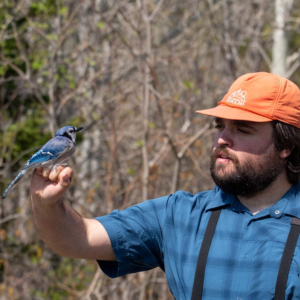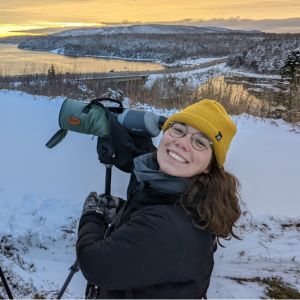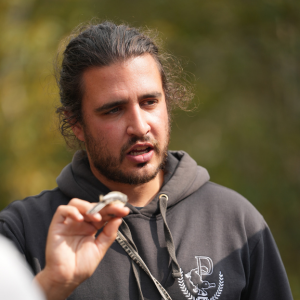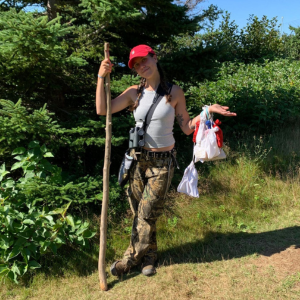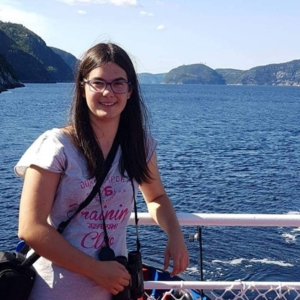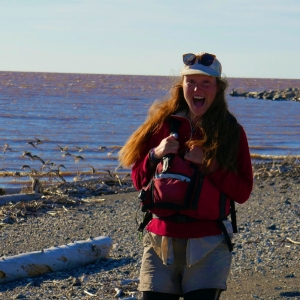
Goals and mission
TBO’s mission is to monitor migratory bird populations, specifically boreal species, in order to assess their demographic trends.
TBO also aims to train ornithologists and raise public awareness on migration, boreal forest ecology, as well as the bird species inhabiting such habitats.

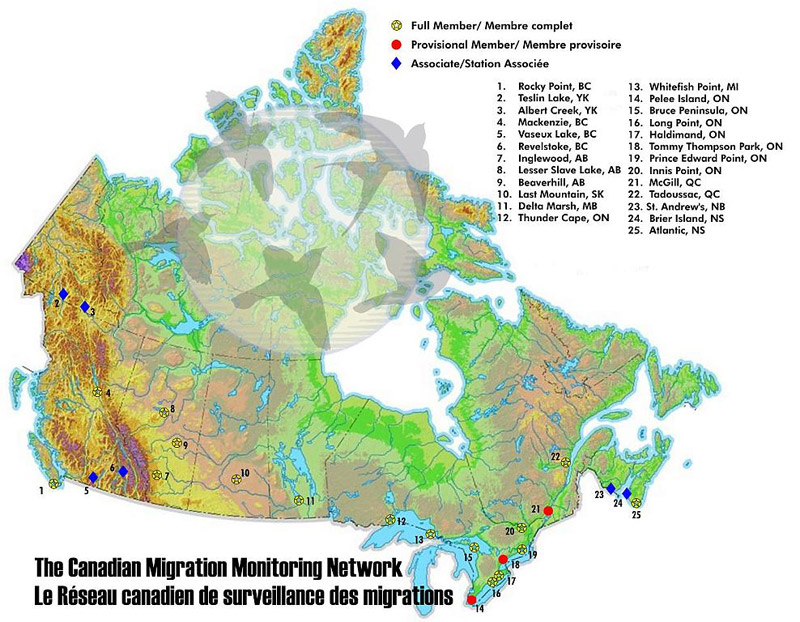
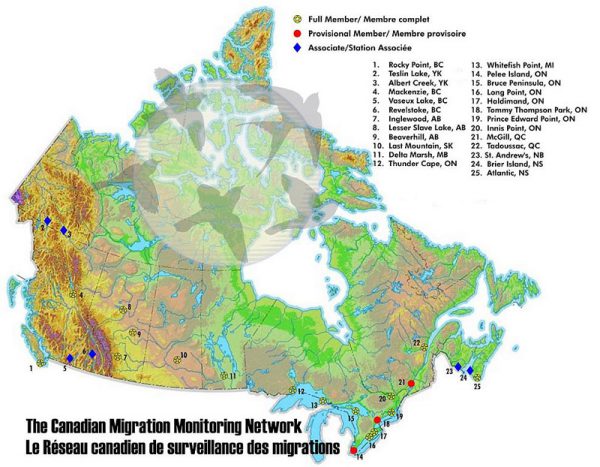
TBO: a key member across monitoring networks
TBO is a key member of the Canadian Migration Monitoring Network (CMMN-RCSM), overseen by Birds Canada, the Hawk Migration Association of North America, and the Équipe de rétablissement des oiseaux de proie du Québec (ÉROP).
TBO has been also acknowledged as a key partner in the Important Bird and Biodiversity Areas (IBAs) program, managed by Nature Québec, and in the North America Bird Conservation Initiative (NABCI). Finally, the observatory is an associated member of QuébecOiseaux.
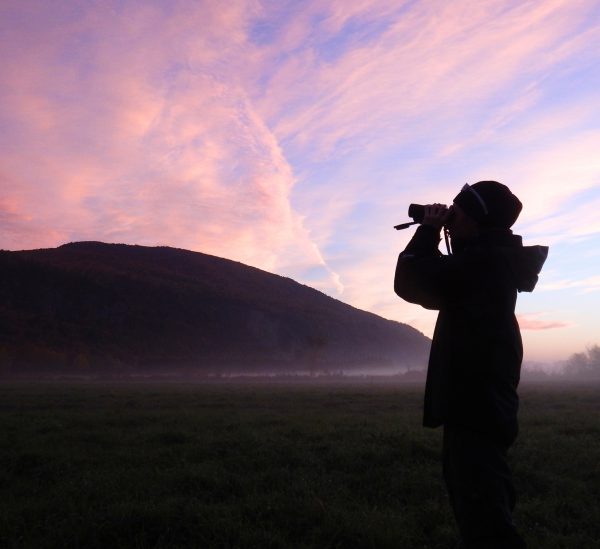
Three monitoring sites
TBO’s research projects are mostly conducted during spring and autumn migration, in two highly strategic areas. The first two study sites are located in the Haute-Côte-Nord region, at the Dunes of Tadoussac and at Bergeronnes. The third study site in located less than one hour from Quebec City in the Cap-Tourmente National Wildlife Area (created and managed by Environment and Climate Change Canada). All three study sites are internationally renowned for their spectacular bird diversity and abundance during migrations and for their exceptional scenery.
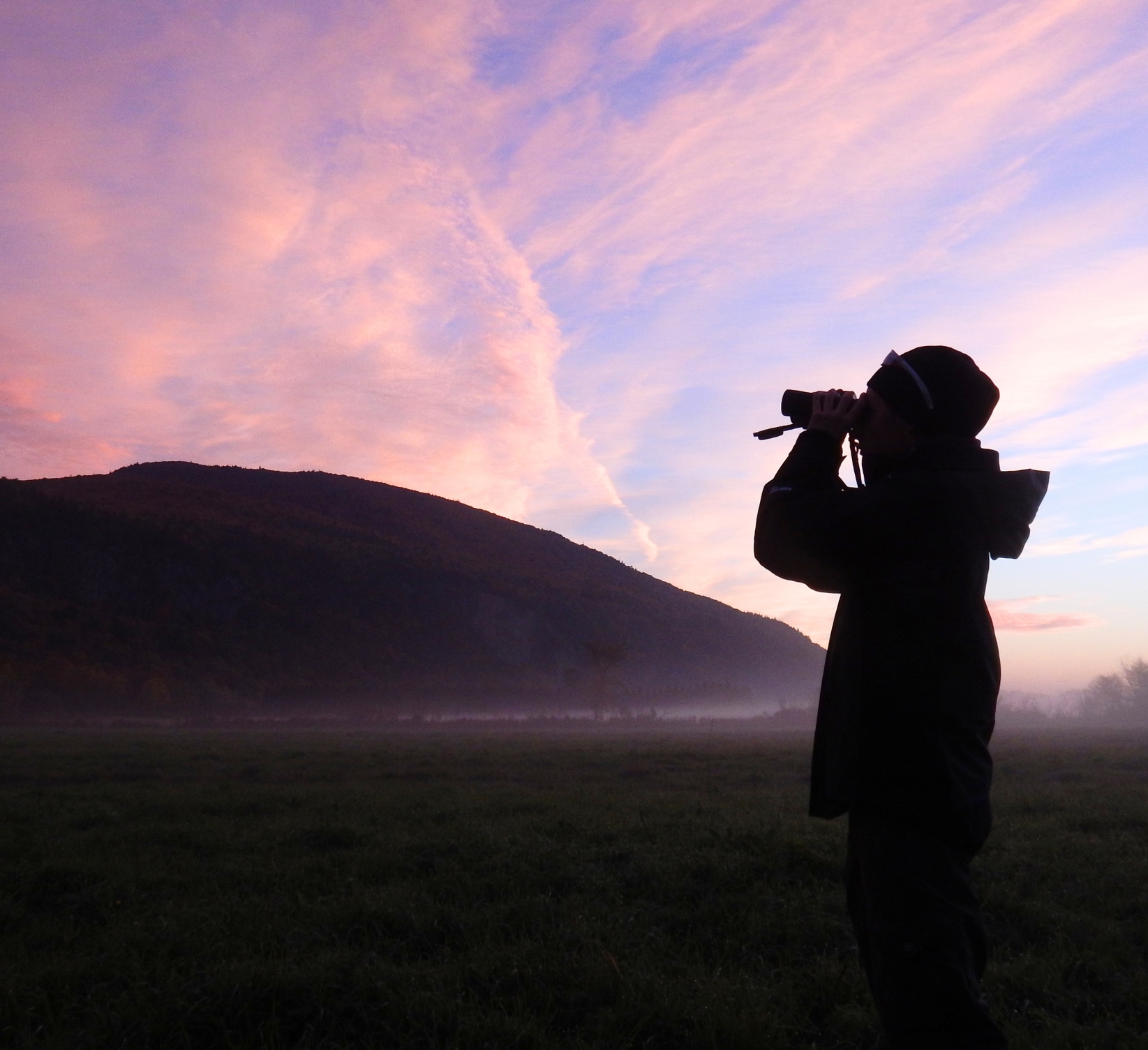
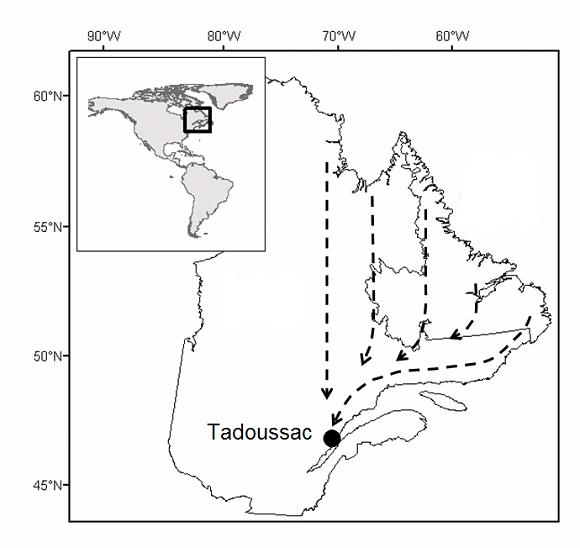

Tadoussac : A Migratory Bird Concentration Site
The St. Lawrence River Estuary and Gulf have long been known to influence bird migratory behavior, especially during autumn migration. For raptors and songbirds, migrating during the daytime from their breeding grounds in northern Quebec and Labrador, avoiding a perilous overwater crossing of the Gulf of St. Lawrence makes them concentrate and follow the north shore of the St. Lawrence river towards the southwest. TBO’s study sites are strategically located along the flyway to monitor bird populations as they funnel along the coast, all the way to Sainte-Anne-de-Beaupré, just east of Quebec City.
“The Côte-Nord, the north shore of the St. Lawrence River in Québec, isn’t a world-famous birding spot, but it should be.” Scott Weidensaul – A World on the Wing
Timeline
1990
October 20: 350 migrating birds of prey are counted from the Dunes of Tadoussac in one hour by Yvan Duchesne.
1991
Jacques Ibarzabal and Adalbert Bouchard confirmed the presence of a migration corridor for raptors in the bay du Moulin-à-Baude, Tadoussac.
1992
First systematic visual surveys: a total of 7000 raptors are counted during the season.
1993
Official start of daily raptor standardized counts for the entire migration period (August to November)
1995
Beginning of songbird monitoring
1996
Tadoussac Bird Observatory becomes the research department of Explos-Nature Corporation. Jacques Ibarzabal is the founding director. Beginning of the Boreal and Saw-whet owl monitoring program.
2001
Beginning of the Black-backed and American three-toed woodpeckers monitoring program. The project spanned over five years and lead to a scientific publication.
2003
Creation and implementation of a scientific steering committee, a sponsorship committee, and Le Fonds des Amis de l’OOT.
2007
Beginning of the boreal songbird monitoring program
2009
First edition of Côte-Nord Migratory Bird Festival and beginning of the monitoring for reverse spring migration in neotropical birds.
2013
TBO’s 20th anniversary is celebrated during the 5th edition of the Côte-Nord Migratory Bird Festival. A memorial plaque honoring Yvan Duchesne is revealed and installed at the belvedere used for visual surveys.
2015
Beginning of the research monitoring and outreach program at Cap-Tourmente National Wildlife Area
2016
Re-establishment of the Jeunes Explos birding camps for youth.
2017
Beginning of the spring migration monitoring of neotropical birds at Maison de la Mer, in Bergeronnes
2023
Beginning of the spring migration monitoring program at Cap-Tourmente National Wildlife Area, and beginning of the aerial insectivore and nesting bird survey in the summer
